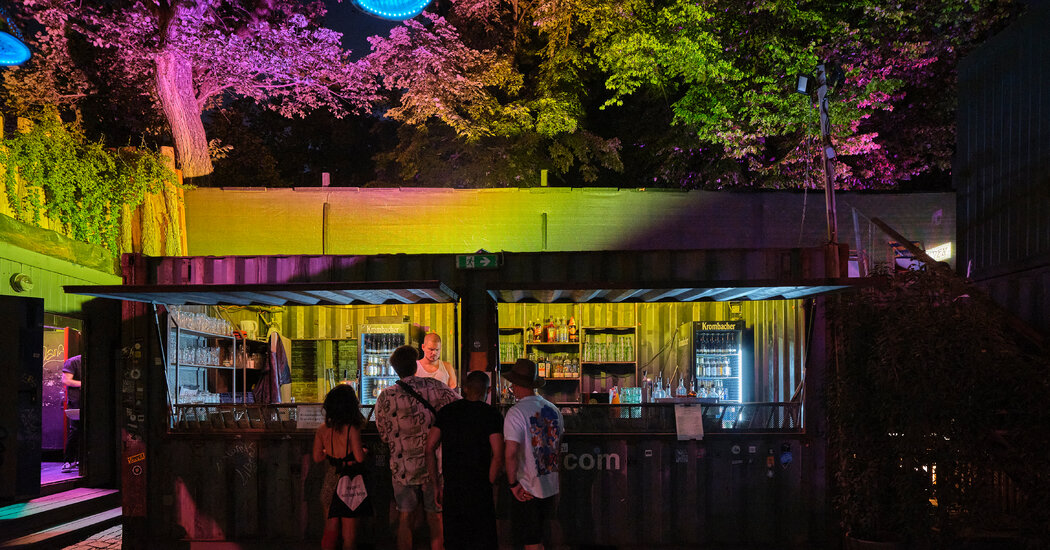No city was fun in the darkest days of the pandemic, but there may be nowhere that could compete with Berlin for sheer gloom during that first Covid winter. Even in good times, the city’s funereal grayness, its scant daylight and collective penchant for gallows humor and blunt negativity known as the Berliner Schnauze (literally: Berlin snout), is only barely compensated for in the colder months by its abundant cultural offerings, thriving cafe and restaurant scene, and what is arguably the best nightlife in the world. Berlin in lockdown was not pretty.
But in the summer of 2022, the city is back in full swing. Berlin’s 178 museums, seven symphony orchestras and three opera houses are once again up and running. Bars, clubs and restaurants are operating at full capacity, and, with the exception of a mask mandate on public transportation and in medical facilities, virtually all Covid restrictions have been lifted since March 20. Germany’s entry restrictions were also dropped — at least until the fall, when there’s been talk of renewed requirements if case numbers creep upward.
A few fraught openings and an extraordinary museum
Perhaps the biggest opening in town was the new airport, Berlin-Brandenburg Willy Brandt Airport, a blunder-riddled, 30-year project that opened at the end of 2020 after at least six missed opening dates and a budget that ran billions of dollars in the red. And now that it’s finally here? Of course, everyone seems to hate it. The design is outdated. Logistics are dismal, food options grim. Clunky buses run between plane and terminal. At least there seem to be more trans-Atlantic flight options and the airport is somewhat better connected with the city center. But overall? Not a huge win.
Another fraught, long-awaited opening was that of the Humboldt Forum, the neo-Baroque reconstruction of Berlin’s long-dead City Palace conceived as Germany’s answer to the Louvre or British Museum. The museum, which opened virtually at the end of 2020 and began its phased physical opening in 2021, has elicited criticism from the beginning for everything from its tacky design to its insufficiently investigated links to the country’s colonial past. Still, there are worthwhile exhibits to explore. In addition to covering the site’s history and contemporary topics like climate change, exhibits include the German state’s extensive collection of non-European art, including impressive holdings from the Ethnological Museum and the Museum…
Click Here to Read the Full Original Article at NYT > Travel…
